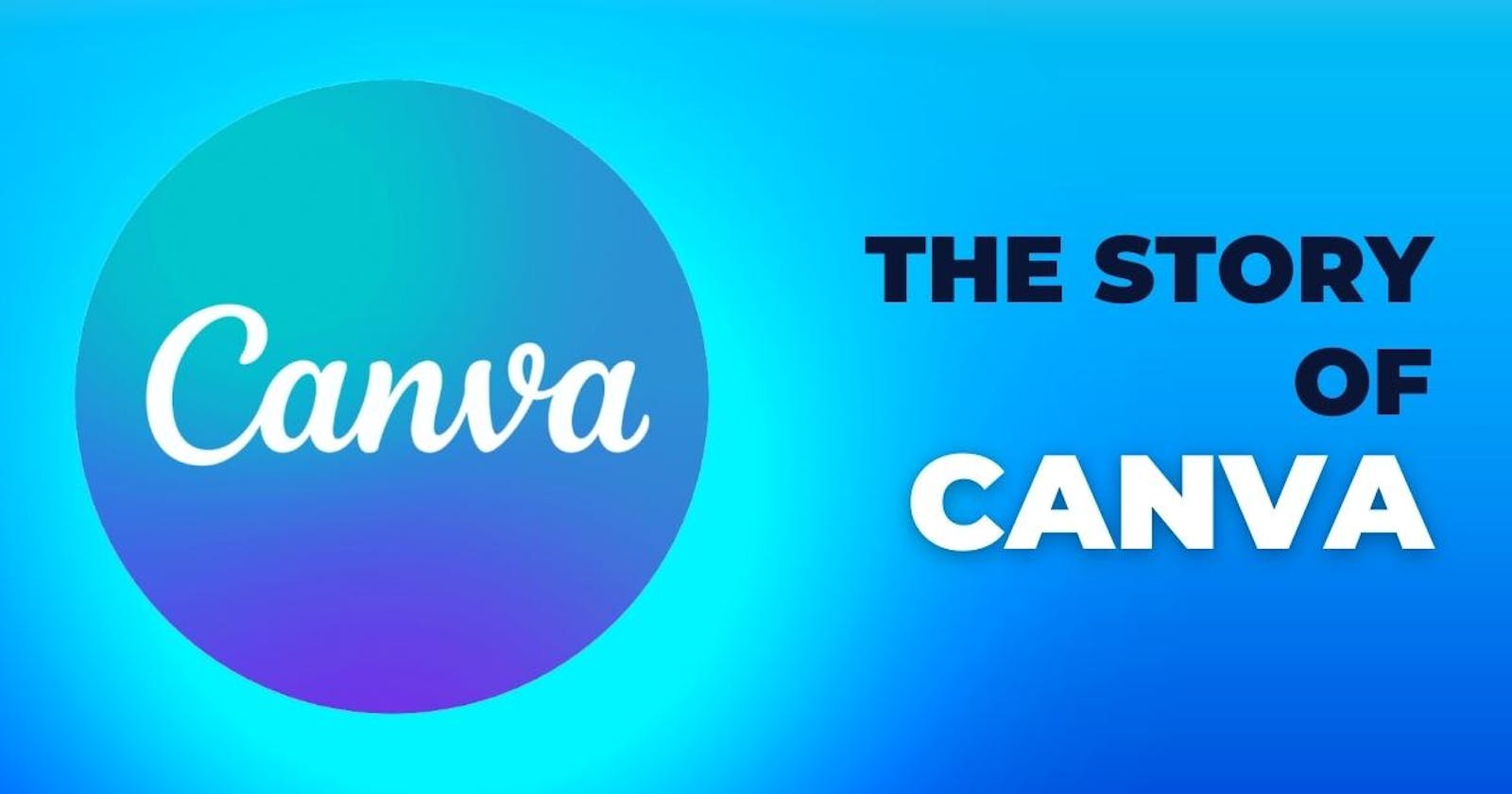Know How The Whole Design Industry Was Shaken By The Arrival Of One Company
Table of contents
Every success story starts out with a wave of denials. And the tale is the same when it comes to prosperous unicorns. Before it reached its inspiring success, every successful business had to endure the rigours of time and numerous rejections.
All famous concepts that have developed into prosperous businesses have experienced rejection, and the Australian design platform Canva has an interesting account of repeated rejections.
Martin Roll, a businessman and Harvard Board advisor, shared on LinkedIn the inspiring story of Melanie Perkins, who founded Canva in 2013. Roll stated at the outset of his post that Melanie Perkins, the founder of Canva, received hundreds of rejections.
Canva is currently the most frequently used online design tool for making invitations, posters, resumes, presentations, and certificates. Roll claims that the road to the brand's acceptance around the world was not a straightforward one.
The Origin
When Perkins was only 19 years old in 2007, she had the idea for Canva. When she realised that most design programmes were expensive, complicated, and inaccessible, she was teaching design programmes to her university peers. She imagined a straightforward, virtual, and collaborative design world.
The process was even more challenging for Perkins when he first tried to raise venture capital. After more than a hundred rejections and numerous fruitless trips to Silicon Valley, she discovered her first investors. Perkins and Cliff Obrecht, the couple's co-founder and husband, struggled for more than three years to secure the company's first investment. 2013 saw the official launch of Canva.
From Rejection to Acceptance
She remained motivated and progressed because she believed in making design accessible to everyone. Roll claimed that each rejection from Perkins brought her one step closer to the next client who would eventually respond "yes." Perkins, who also believes in the act of giving, made the decision to give a charity that fights against poverty a 30% stake in the company. According to Roll, a 30% ownership stake in the company would require staggering donations of USD 12 billion.
The process was even more challenging for Perkins when he first tried to raise venture capital. After more than a hundred rejections and numerous fruitless trips to Silicon Valley, she discovered her first investors. Perkins and Cliff Obrecht, the couple's co-founder and husband, struggled for more than three years to secure the company's first investment. 2013 saw the official launch of Canva.
About Gender Inequality
The roll continued in his post by asserting that gender inequality was a given in the tech sector. Perkins, however, has consistently worked to stop this. He claimed that Perkins made sure to remove bias from Canva's hiring processes. The current female representation in the company is 41%, which is higher than the 28% industry average.
With more than 60 million active users, Canva has reportedly assisted in the creation of 3.5 billion designs across 190 countries. "Melanie Perkins' journey into entrepreneurship is incredibly motivating. Be brave. Be brave. Be distinctive! " Roll concluded his post.

